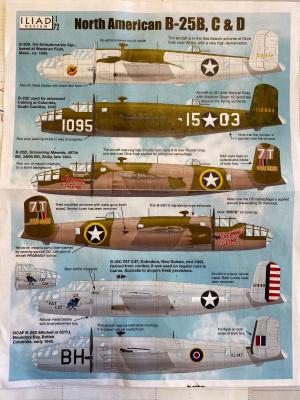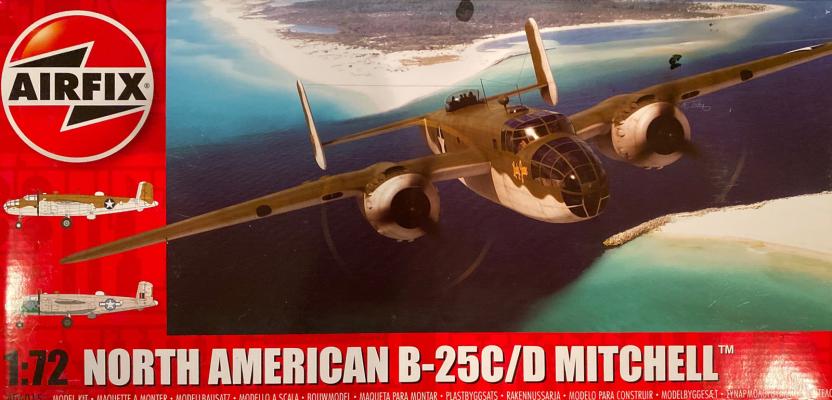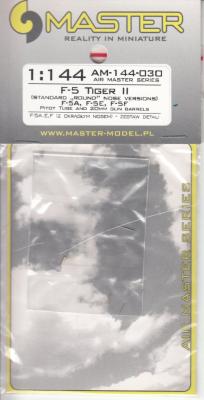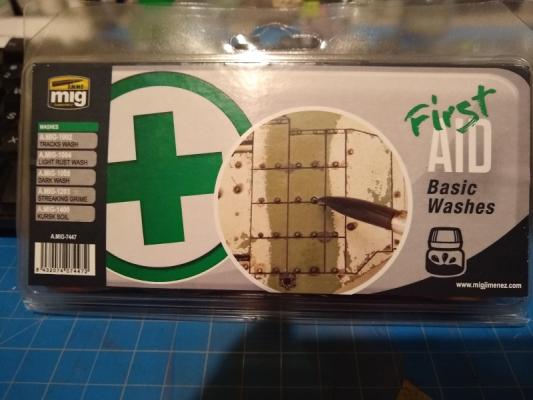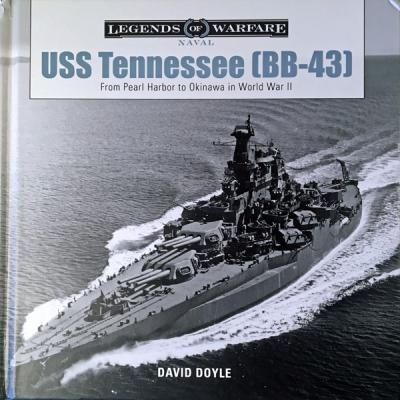Iliad Designs is a company based in Ottawa Canada. They offer decals, aircraft color charts, and publications. This time around we’ll take a look at their decal sheet for the B-25B, C, and D models. There are five different aircraft represented on this sheet. My modification comments are based on using the Airfix B-25 (kit # A06015). See my separate review of that kit on this site.
Welcome to the IPMS/USA Reviews site!
Introduction: The primary organization of the IPMS/USA Review website is by IPMS/USA National Contest Class. Within each Class there are sub-menus by kits, decals, books, etc. The Miscellaneous Class is for items that are not class specific or that cross two or more classes.
IPMS/USA Members: We encourage you to submit reviews, both here and to the Journal. To volunteer for membership in the IPMS/USA "Reviewers Corps" and submit your own reviews, please read the Guidelines For Submitting Product Reviews.
Manufacturers, publishers, and other industry members: IPMS/USA is pleased to offer your company the opportunity for product reviews. All product reviews are performed by IPMS/USA members, and are posted in the publicly-accessible section of our website. With very few exceptions, we perform full build reviews of new kit releases, aftermarket products, and supplies. If you would care to provide product samples for review, please contact John Noack, IPMS/USA 1st VP.
To learn more about IPMS/USA, please see our About Us page.
So often we see warbird models built to represent the battle-tested mounts of our aviation heroes. The subject of this review, the B-25 is certainly no stranger to famous pilots and war theaters. Underrepresented are the aircraft chosen for less glamorous tasks like domestic patrol, supply runs and training. With the help of Airfix and Iliad Designs, I have attempted to address that.
Airfix's rendition of the Mitchell has been around for a bit so I won’t give you a parts tour. Suffice to say, it lives up to the standard of the new generation Airfix kits. Recessed panel lines, detailed interiors, poseable control surfaces and hatches are features of this release. Fit and finish is almost too good in that a coat of paint seems to interfere with it. The bottom line, with proper care you can build a great model out of the box.
The Master products are very fine and well done brass parts to update or repair your kit. In this case, it was an F-5A which I built several years ago, and the pitot tube was badly bent. Also, the guns were barely visible.
This set consists of a brass pitot, two 20mm guns, and a fairing which can replace the left gun.
The upgrade is pretty simple. You get a .3mm drill. Remove the kit pitot and drill a hole there. The guns require a little more work, as there isn’t a good place to start drilling. I began by using a #1 blade to dig the guns out, then drilled the .3 mm holes. Then I installed the pitot and the guns. I had to use a little filler under the guns to get them looking good.
I painted the area with the same gray I used to paint the model, then highlighted the guns. I used Testors “Burnt Metal” for these, as I find gun metal to be too dark.
And the project was done. Looks good.
For a good long while, Mig Jimenez has been designing and producing products that make modelers lives so very much easier. In the case of this set of washes, AMMO has packaged up a “basic” set that includes an assortment of colors that would fit the bill for anyone trying to create a foundation for weathering their model of any sort. This set provides the easiest solution to the novice modeler who is just starting in the hobby and does not really know what is needed, and adds another tool to the toolbox for the intermediate or advanced modeler.
The set includes the following five washes:
Launched on the last day in April, 1919, and commissioned just over three years later, on June 3, 1920, this sixth vessel to carry the name Tennessee was the name ship of her class (which included her sister, USS California) and the last US battleship to carry 14” guns. In this Naval edition of his extensive “Legends of Warfare” series, author David Doyle provides another extensively illustrated history of this famous warship. While each chapter - covering Construction; Launching, Fitting Out and Commissioning; To War (with subsequent descriptions of her collision with USS California and participation in the action in Surigao Straight); and The End of the Line - includes a brief introductory written description, the bulk of the written information comes as captions to the hundreds of photos (the vast majority in sharp black & white, with four color photos of her following decommissioning).











